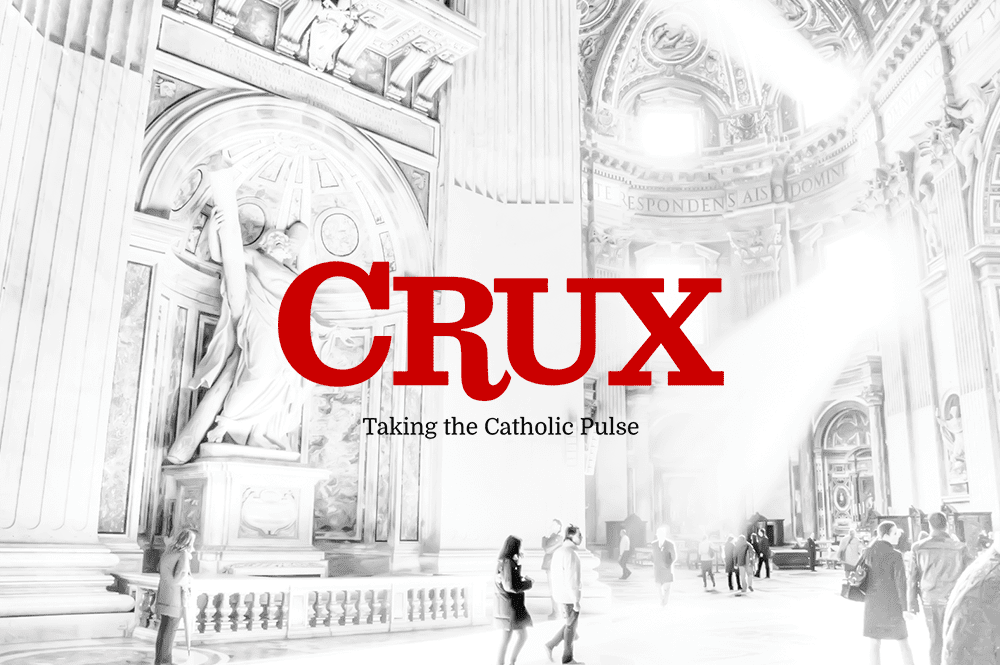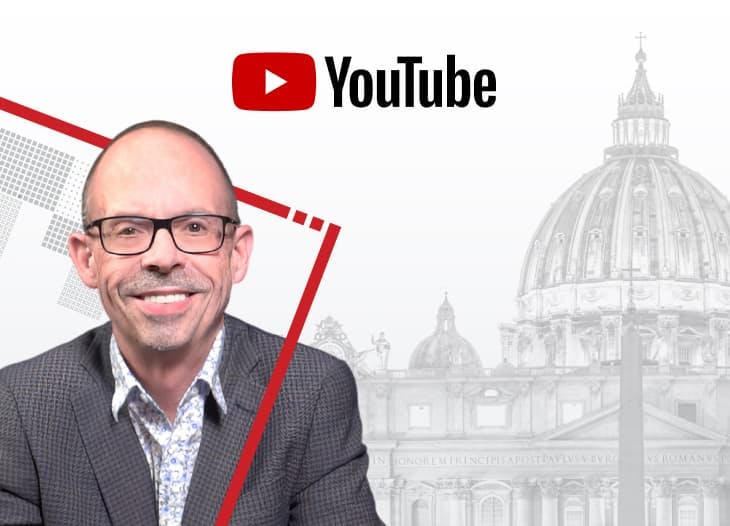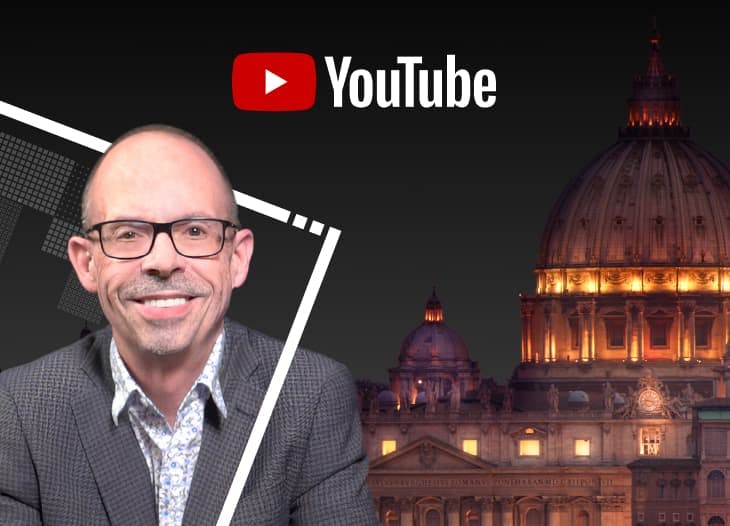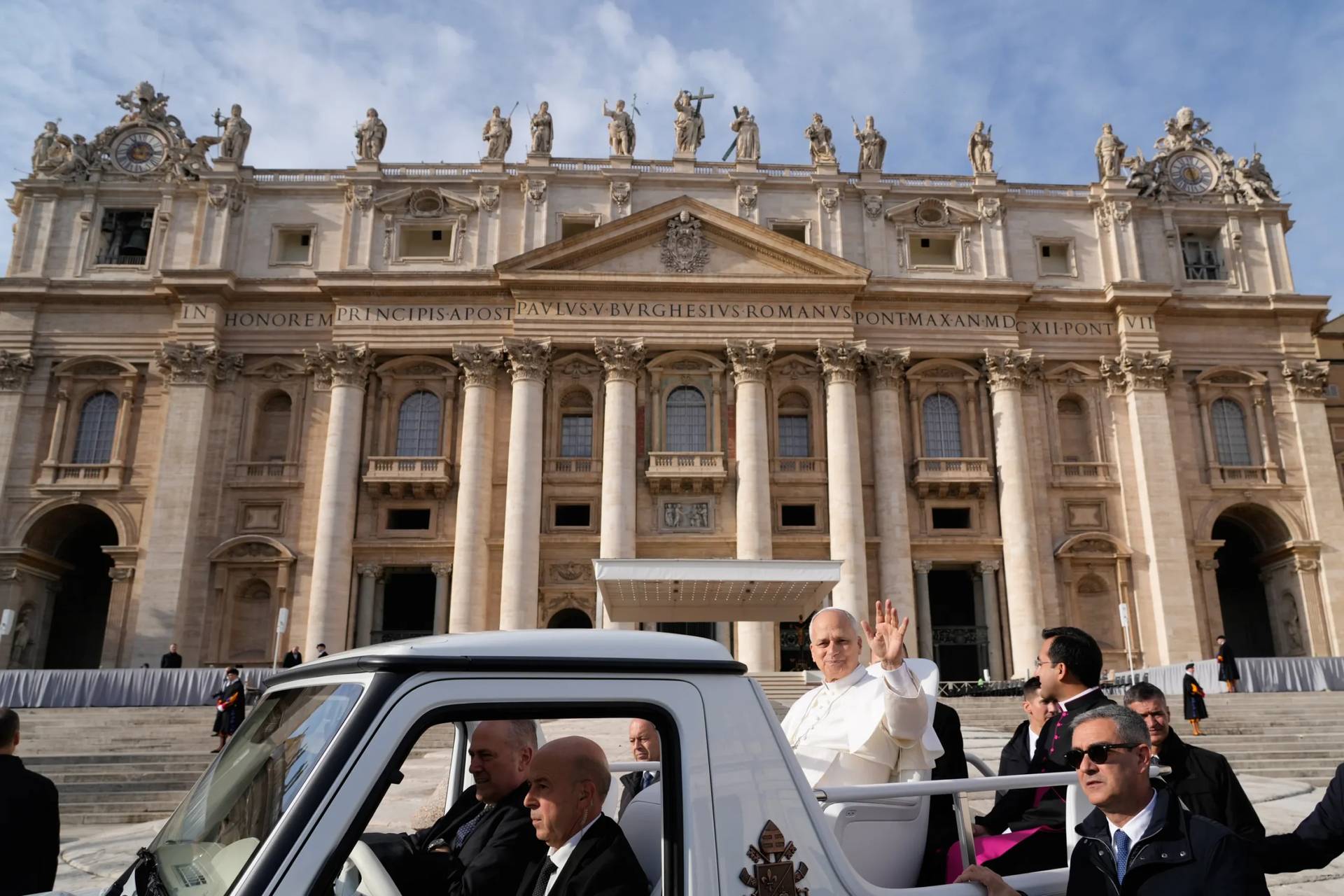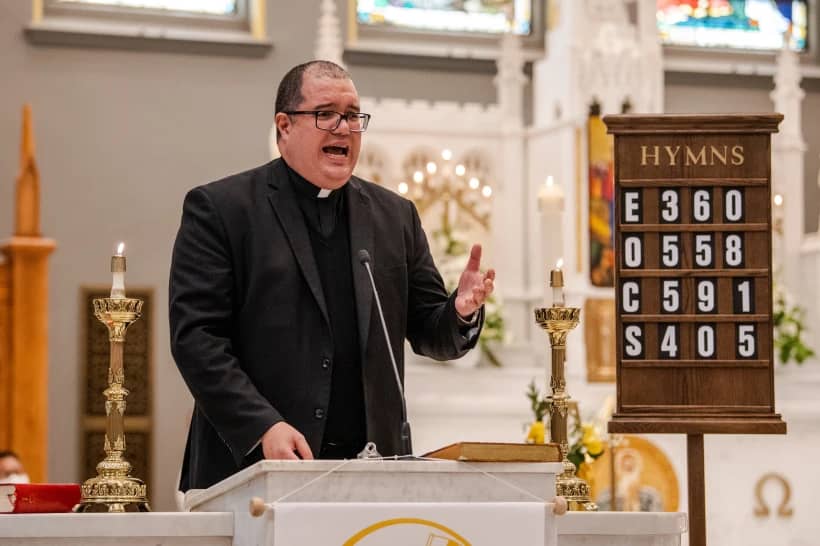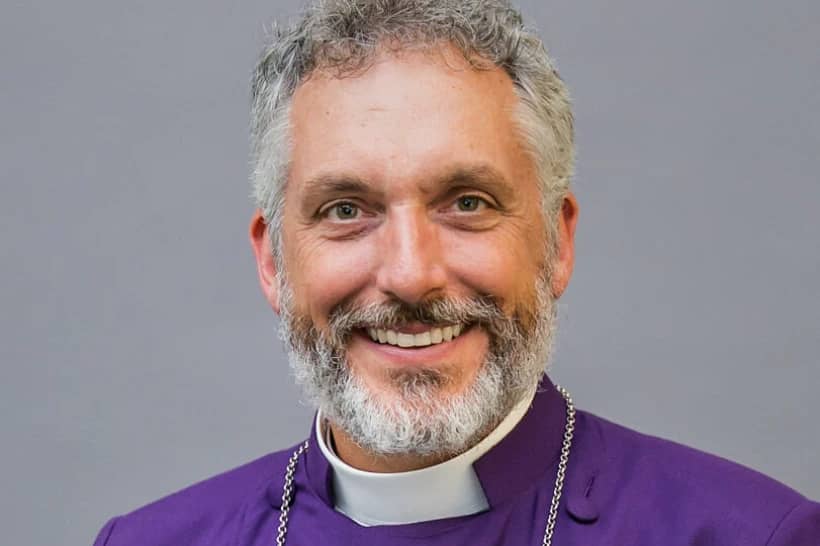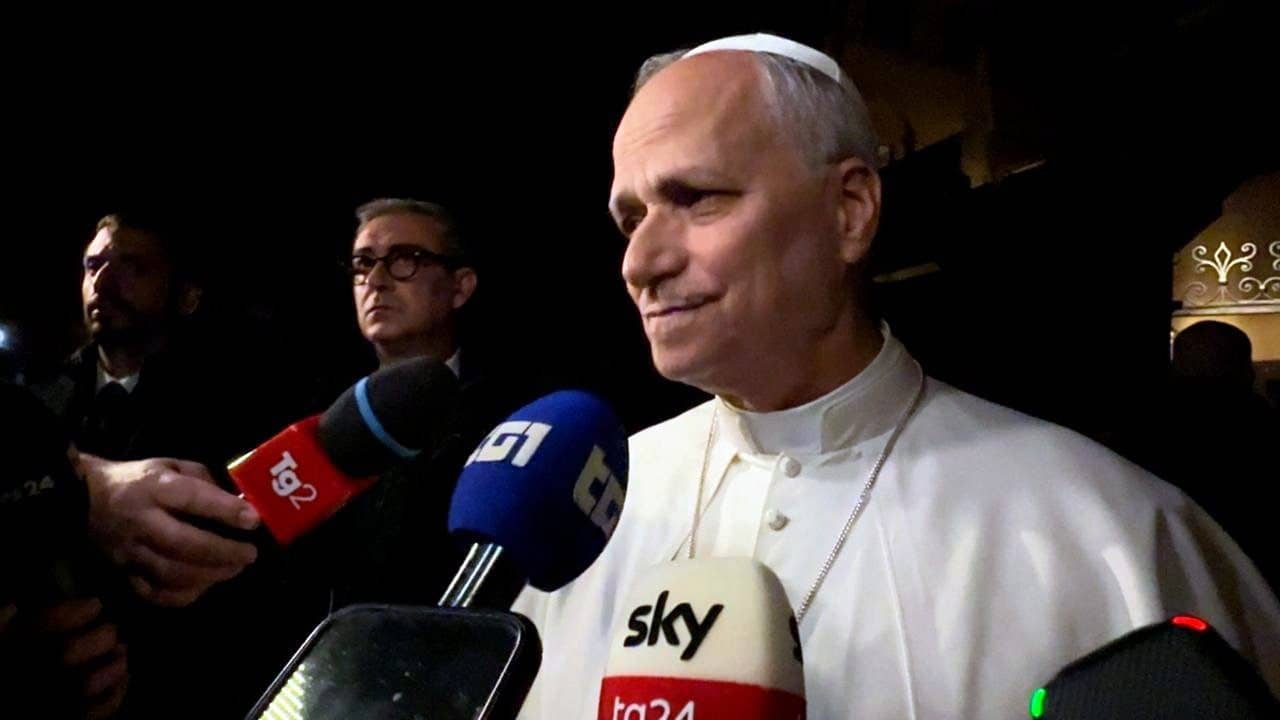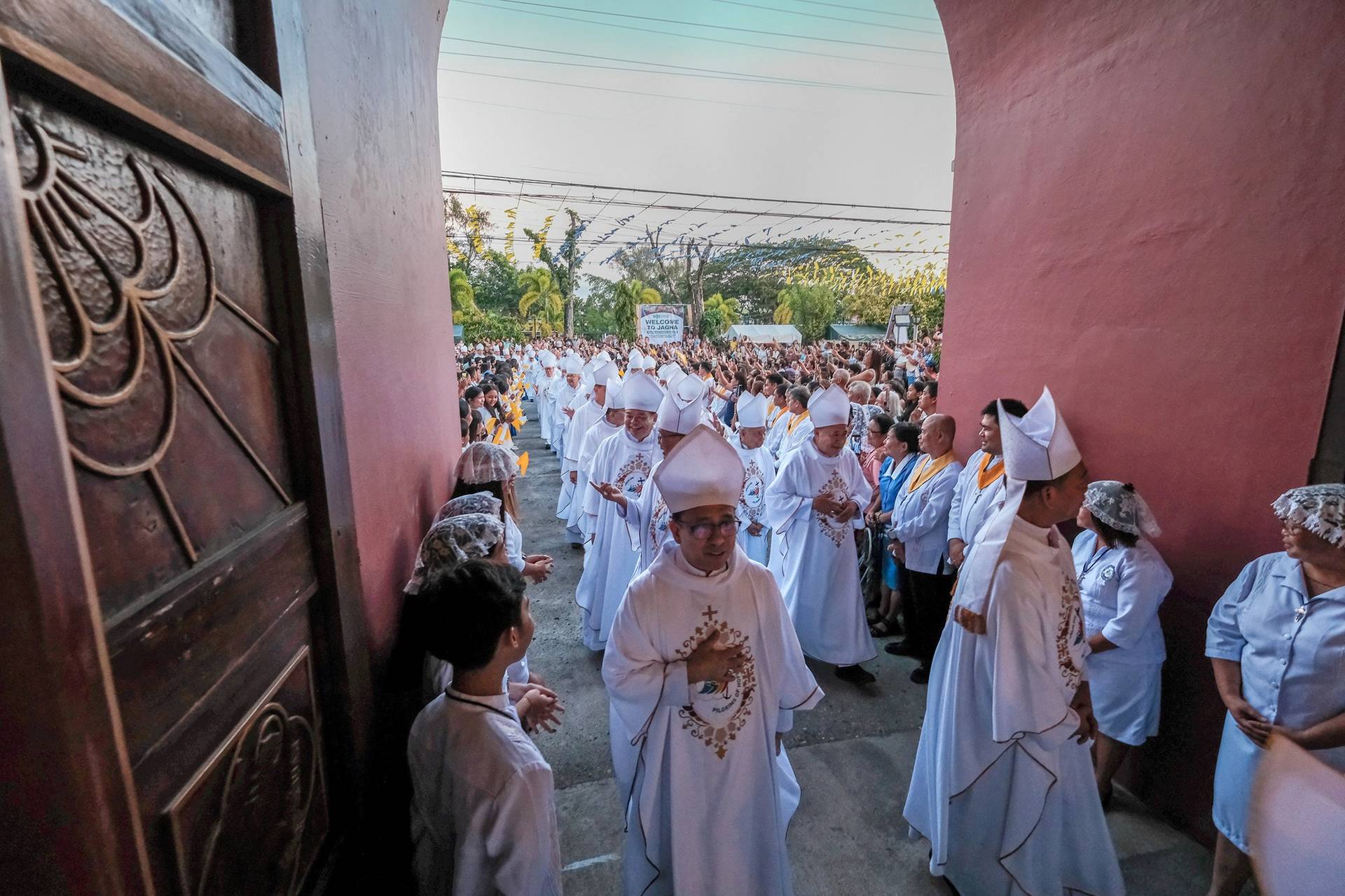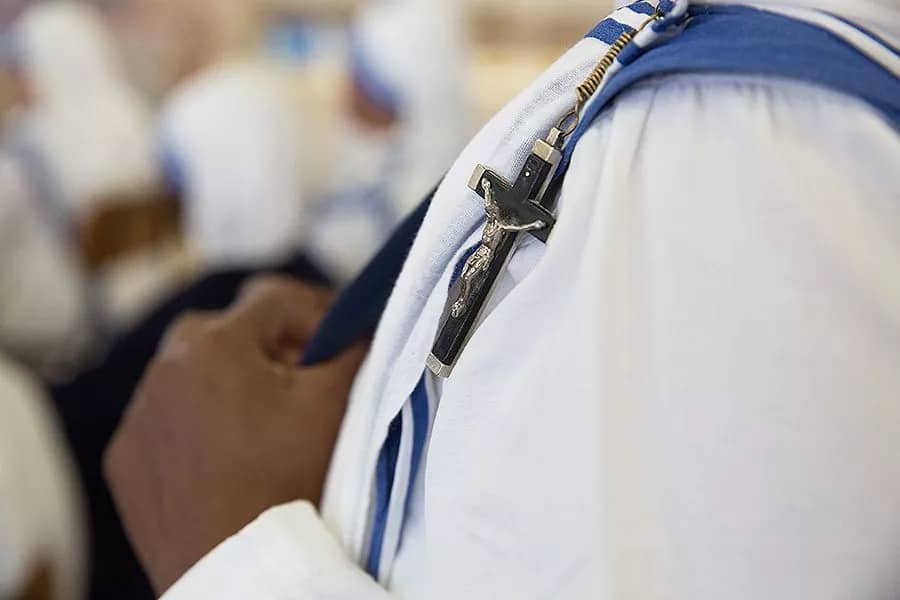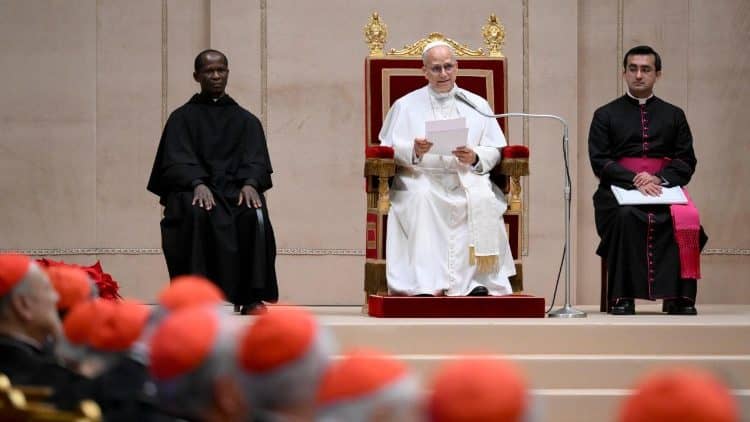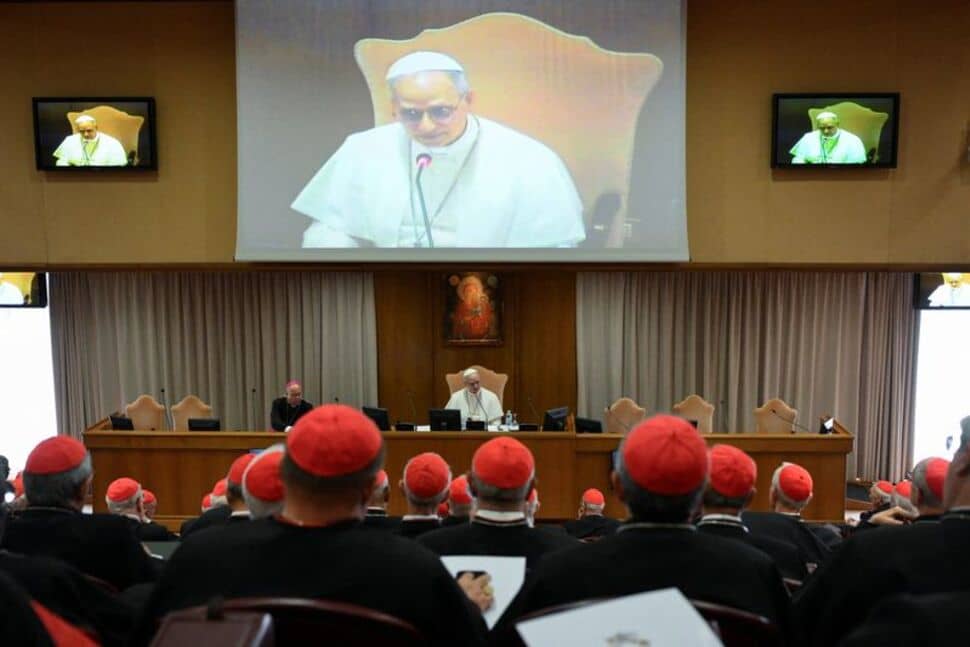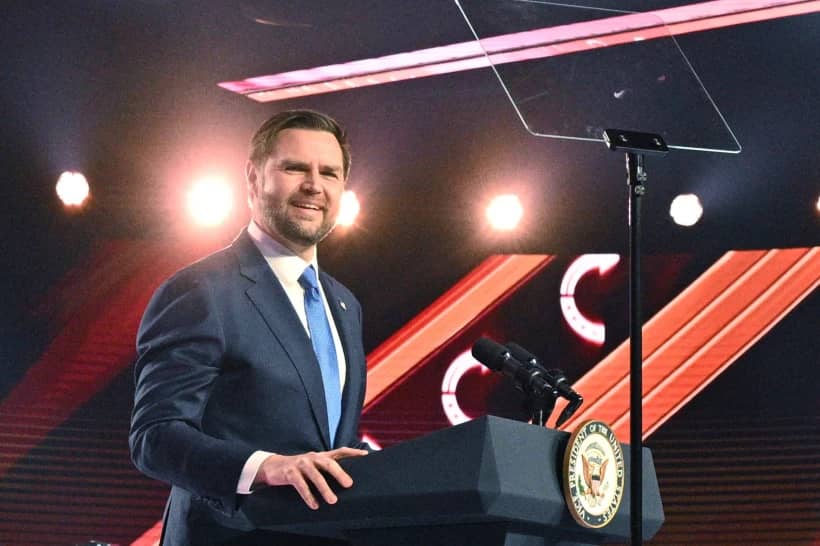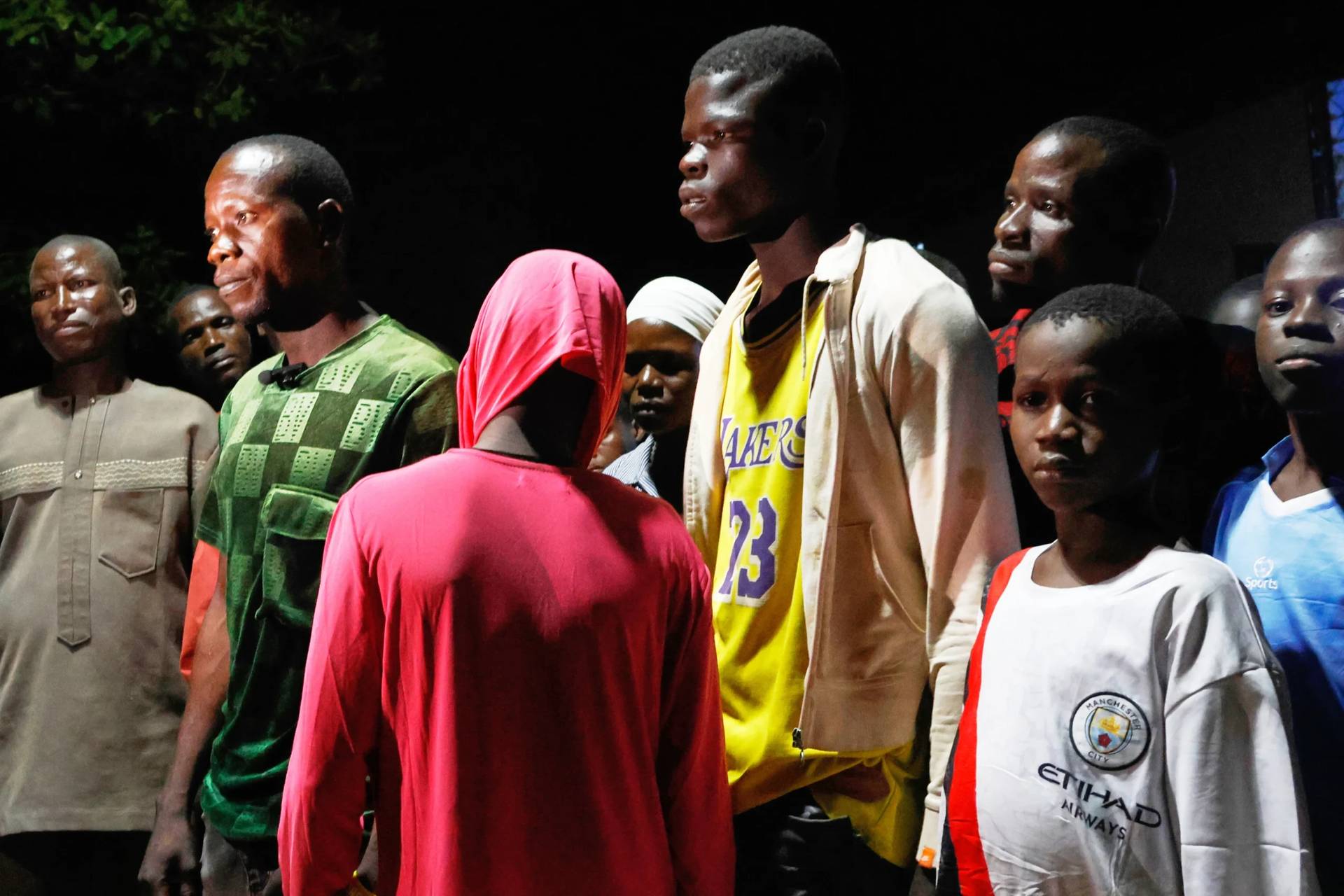ROME — While there are many cooks in the kitchen behind Pope Francis’ special Holy Year of Mercy, there’s only one American in the office responsible for organization and logistics, and he’s convinced the pontiff is teaching mercy at least as much with what he does as what he says.
“How is it that we evangelize, that we welcome people into the Church?” asked the Rev. Geno Sylva, the English language official for the Pontifical Council for the Promotion of the New Evangelization.
“It’s through living and demonstrating the mercy of God, being instruments of that mercy,” he said. “We see this all the time. Every time we do an act of charity, service, mercy, it opens people to a level of receptiveness to the invitation that we make to come closer to Jesus Christ.”
A native of New Jersey, Sylva worked as a teacher, chaplain, and president at a Catholic high school in Paterson as well as a mentor in a program for inner-city teenagers. He was on pilgrimage in Rome in 2011 when he met Italian Archbishop Rino Fisichella, president of the Council for the New Evangelization, who had long been seeking an American for his staff.
Sylva was hired the next year, and now finds himself at the heart of the jubilee experience. He spoke to Crux last week.
He said that those trying to grasp what mercy is all about shouldn’t focus only on the pope’s words, but also his deeds.
One of the ways through which the pope conveys his message is through the monthly “signs of mercy,” he said. Since the Holy Year began Dec. 8, so far Francis has only performed one, when he visited a retirement home and a clinic for patients with grave neurological conditions last month.
More such unannounced visits are expected throughout the year, corresponding to one of the 14 works of mercy the Catholic Church promotes, such as clothing the naked, visiting the imprisoned, forgiving offenses, and admonishing the sinner.
“[These gestures] are really an inspiration to everyone around the world to try to emulate and model, to whatever degree they can in their situation” Sylva said, adding that the pope was “very, very, very, very hands-on” in choosing the events and the groups he wanted.
Last Saturday, Pope Francis took another opportunity to “share his insights and reflections on the profundity of mercy” with the first of monthly jubilee audiences, to be held on Saturdays throughout the year.
“It’s not just the content of the teaching, but the way in which Francis delivers the teaching what makes it so inspiring,” Sylva said, “and has people wanting to get out there, understand it, and act on it.”
Throughout the year, there will be jubilees for specific groups that will gather in Rome, and Sylva said the pope will have a special message for each.
For instance, prisoners will have a Mass and audience with the pope in St. Peter’s Basilica. There will also be a jubilee for priests, for boys and girls, for the sick and disabled, and one for those devoted to the spirituality of the Divine Mercy.
“It’s his flavor, his flare, that’s giving it the breath, but also all of his ideas,” Sylva said.
The only major event that won’t take place in Rome will be the jubilee for youth, which will occur in Krakow, Poland, during World Youth Day in July.
Sylva told Crux that Francis wants to make sure the jubilee is not “just about making the pilgrimage to Rome,” but that it’s also celebrated in all the local churches around the world. It’s for this reason that Holy Doors have been opened in every diocese.
It’s hard to pin down how many such doors there are, beyond the 500 registered on the official website. Sylva wasn’t as interested in the numbers as with the countries that have registered one, such as Mongolia, China, Bangladesh, and Democratic Republic of Congo – “places torn apart by war, violence, and terrorism.”
The Pontifical Council for the Promotion of the New Evangelization is also asking individual parishes, schools, and movements to register their initiatives for the Holy Year, so that the office can promote them and hopefully inspire others to take action.
“It’s really wonderful to hear about and start seeing the different initiatives that are taking place,” Sylva said, such as “the number of dioceses now keeping churches open for people to go to the Sacrament of Reconciliation, [and] how many churches have added extra hours.”
However, for this American priest who celebrates one of the few English-language Masses in Rome in the church of Santo Spirito in Sassia, a few feet away from St. Peter’s Square, every Sunday, it’s also important to ponder the permanent fruits of the jubilee.
Quoting Pope Francis, he says he hopes the principal such fruit will be local churches becoming an “oasis of mercy.”
Beyond that lofty aim, Sylva also has some practical tips for those coming to Rome during the Holy Year:
- First, “please come to the welcoming center in Via della Conciliazione 7 when arriving in Rome.”
- Register the date and time to go through the Holy Door in St. Peter’s Basilica.
- Explore Rome beyond the Vatican, for instance going to the other three papal basilicas: St. Mary Major, St. Paul Outside the Walls, and St. John Lateran.
- Recognize the number of people who live here in the streets in Rome and need assistance. “It’s really important to help them, in any charitable way possible.”
- Come to Rome as pilgrims, not tourists. “Go to the tomb of the apostle Peter, and pray the creed, and have a deep encounter with Christ and his love.”
- Consider registering as a volunteer. On a daily basis, the council needs an estimated 100 volunteers, and that number goes up to 1,000 for special events.
